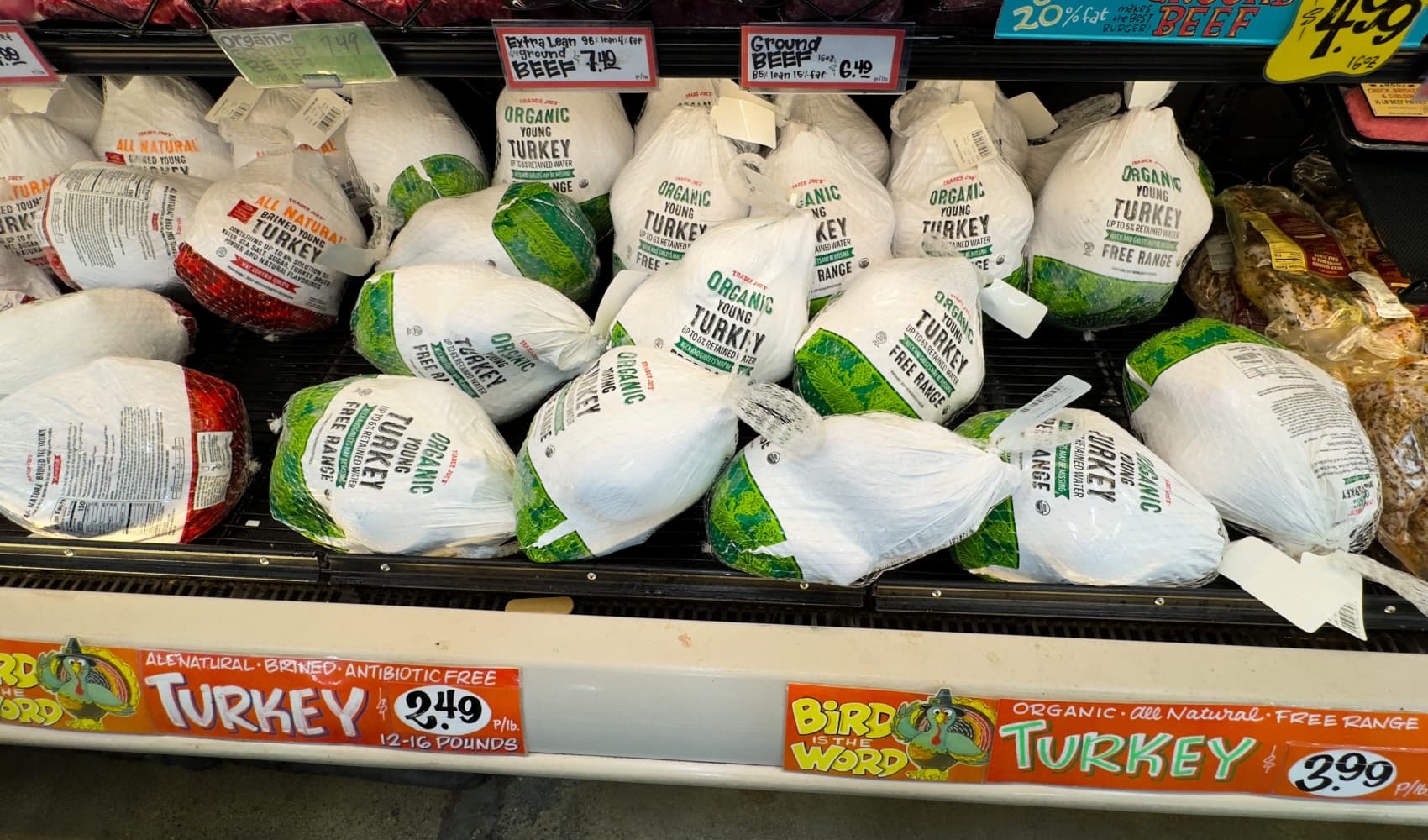
- Auction houses such as Phillips have worked to attract younger buyers, many of whom are interested in work by living artists.
- Art fairs including Frieze London have prioritized exhibiting work by younger artists, with fair Director Eve Langret noting a "generational switch."
- Some collectors are "aging-out" of the art market, according to the Art Basel & UBS Art Market Report 2024.
WATCH ANYTIME FOR FREE
Stream NBC10 Boston news for free, 24/7, wherever you are. |
As the art market shows signs of slowing, London is looking to attract a new generation of art buyers — and showcase young emerging artists in the process.
Global art sales slid 4% year-on-year in 2023, according to the Art Basel & UBS Art Market Report 2024, falling to $65 billion after two years of growth.
Get updates on what's happening in Boston to your inbox. Sign up for our News Headlines newsletter.
It has led industry professionals — such as Elio D'Anna, co-founder and CEO of the House of Fine Art (HOFA) gallery in London's Mayfair district — to shift their focus toward both younger collectors and younger artists.
"Five years ago ... our target was more in the 35- to 45-year-old buyers, almost 50/50 men and women. But now we are seeing more the 25- to 35-[year-old] buyers," he told CNBC's "The Art of Appreciation."
This increase in younger collectors comes as artificial intelligence — and how it can be used to create work — remains a hot topic in the art world.
Money Report
It's certainly a focus for D'Anna. HOFA represents artist Sougwen Chung, who uses a robot Chung designed to co-create work. Chung, who uses the pronoun they, calls the machine a drawing operations unit, or DOUG.
"I work primarily these days with robotic performance and artifacts, which means translating the digital in terms of data, movement data, spatial data, into really tangible works that can be experienced by an audience," Chung told CNBC.
Chung, who is a former researcher at MIT Media Lab, said they trained the robot on 20 years of data from their own drawings. "It was really, really interesting, because we could see my own stylistic input, my own decision making … transferred and translated into a machine system," they said.

One of Chung's pieces, "Spectral," was sold for $35,000 by London auction house Phillips in October as part of a sale named "Spaces," a collaboration with HOFA.
Phillips has seen an increase in younger collectors buying the work of living artists. For Henry Highley, its head of European private sales, "Spaces" exemplified the "fascinating intersection of technology and arts."
"It's really, kind of, Philips recognizing the importance and significance of AI arts in the ... broader art market," Highley told CNBC. "We really want to be able to have something fresh and new."
'Generational switch'
At Frieze London, the city's prestigious art fair that attracts wealthy collectors and celebrities, work by younger artists was displayed in gallery booths close to the entrance in a special "Focus" area.
"Sections like the 'Focus' sections, which are representing younger artists, [are] very much thinking about this sort of generational switch, and thinking about the kind of artists that also younger collectors are interested in supporting," Frieze London Director Eva Langret told CNBC's Tania Bryer during the event in October.
Finding new buyers is a priority for dealers, according to the Art Market 2024 report, with many describing some clients as "aging-out" or having their collections reach capacity.
The U.S. and Europe were described as "'fundamentally saturated' and particularly lacking in next-generation collectors in some sectors," according to the report. The U.S. was the world's largest art market in 2023, while China overtook the U.K. to take second place.

At Frieze, an installation by multidisciplinary artist Charlotte Edey, was shown at gallery Ginny On Frederick's booth as part of "Focus." Her work was made up of a series of drawings and tapestries presented in wooden frames.
Edey described exhibiting at the fair as "a different level of exposure," and told CNBC her work draws on the "image of [the] interior space of the house, of the domestic space and how that can be … used as a vehicle to explore a more emotional or, like, bodily psychological structure."
The "Focus" section provided a unique opportunity for emerging artists, according to its curator Cedric Fauq. "Focus enables artists to push their own practices, to try new things and to expose their experiments to the world," he told CNBC.
Frieze hopes to attract Generation Z and Millennial buyers via its Frieze Viewing Room website, according to Langret. "The younger generation is really sort of comfortable with buying works online, comfortable with discovering what the fair has to offer online," she said.
It's not only art fairs that are looking to attract younger audiences. The contemporary art gallery Moco Museum has locations in Amsterdam and Barcelona and opened a London outpost in August. Its co-founder Kim Logchies-Prins said young audiences are a focus. "They want to feel welcome, and I curate with them on my mind," she said.
"We have great names on display always. So, you always see your [Andy] Warhol, your [Jean-Michel] Basquiat, your [Jeff] Koons, and then some emerging artists. So I think in one visit, you get a kind of a dive into the art world," Logchies-Prins said.






